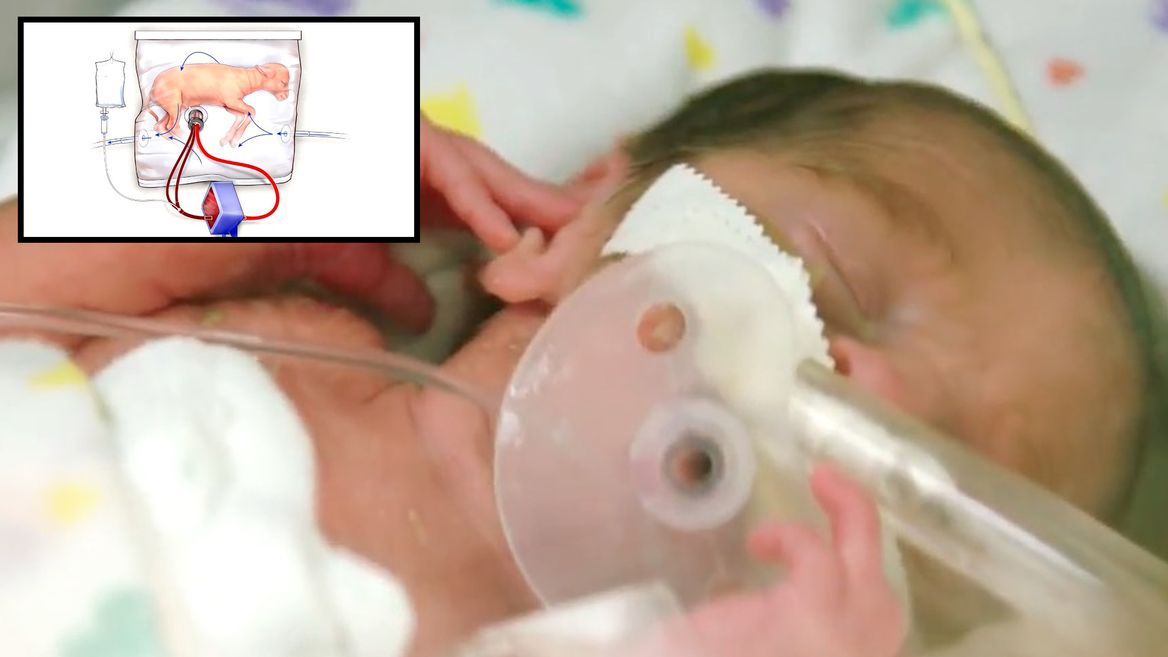WASHINGTON: Researchers have developed a unique womb-like device that could help reduce mortality and disability in extremely premature babies.
The device mimics the prenatal fluid-filled environment to give the tiniest newborns a precious few weeks to develop their lungs and other organs.
“Our system could prevent the severe morbidity suffered by extremely premature infants by potentially offering a medical technology that does not currently exist,” said study leader Alan W Flake, from Children’s Hospital of Philadelphia (CHOP) in the US.
Researchers tested the extra-uterine support device and monitored its effects on foetal lambs, in which prenatal lung development is very similar to that occurring in humans.
The innovative system uses a unique fluid-filled container attached to custom-designed machines that provide physiologic support.
The foetal lambs grew in a temperature-controlled, near- sterile environment, breathing amniotic fluid as they normally would do in the womb, their hearts pumping blood through their umbilical cord into a gas exchange machine outside the bag.
Electronic monitors measure vital signs, blood flow and other crucial functions.
“If we can develop an extra-uterine system to support growth and organ maturation for only a few weeks, we can dramatically improve outcomes for extremely premature babies,” said Flake.
The goal is to support infants from 23 weeks to 28 weeks gestational age. At 28 weeks they cross the threshold away from the most severe outcomes, researchers said.
The eight preterm lambs tested in the prototype were physiologically equivalent to a 23- or 24-week-gestation human infant.
The system mimics life in the uterus as closely as possible, building on knowledge from previous neonatal research.
There is no external pump to drive circulation, because even gentle artificial pressure can fatally overload an underdeveloped heart, and there is no ventilator, because the immature lungs are not yet ready to do their work of breathing in atmospheric oxygen.
Instead, the baby’s heart pumps blood via the umbilical cord into the system’s low-resistance external oxygenator that substitutes for the mother’s placenta in exchanging oxygen and carbon dioxide.
The research was published in the journal Nature Communications. (AGENCIES)


